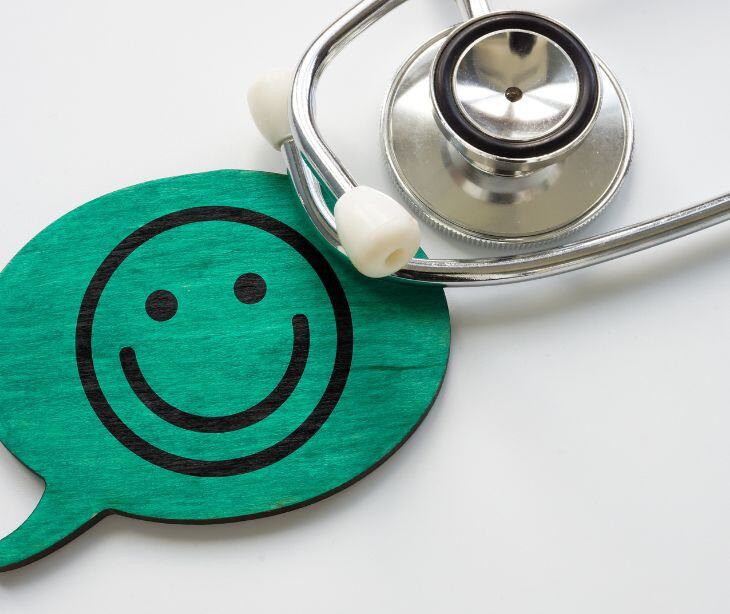2 min read
Tips to spot phishing emails disguised as healthcare communication
Liyanda Tembani
April 12, 2024

Healthcare organizations should educate patients to recognize phishing attempts in healthcare communication to safeguard patient privacy and organizational security. Strategies like integrating phishing awareness and distributing educational materials allow healthcare organizations to promote cybersecurity awareness among patients, mitigating risks associated with phishing scams and upholding HIPAA compliance.
Phishing in healthcare
Phishing is a cyber threat that targets individuals through deceptive tactics to obtain sensitive information. In healthcare, phishing manifests in various forms, often as convincing communications impersonating legitimate entities like healthcare providers or insurance companies. These fraudulent messages, whether emails, texts, or calls, aim to extract personal health data, jeopardizing patient privacy and organizational security. The 2022 IBM X-Force Threat Intelligence Index lists phishing as the primary method for cyberattacks. In 2021, 40% of attacks were initiated with phishing, marking a 33% increase from the previous year. The increase in phishing attacks requires healthcare organizations to make sure that even their patients are equipped to identify and avoid them.
Related: How do email phishing attacks impact HIPAA compliance?
HIPAA compliance and patient education
HIPAA's Privacy and Security Rules require that covered entities safeguard protected health information (PHI) even while educating patients. Adherence to these regulations also requires healthcare organizations to educate patients on recognizing and responding to phishing attempts.
Topics for patient education
- Comprehensive education: Educating patients about phishing extends to providing knowledge to help patients discern malicious attempts effectively. This includes understanding various phishing tactics employed by cybercriminals to deceive individuals and compromise sensitive information.
- Recognizing red flags: Patients should be equipped to identify common red flags indicative of phishing attempts. This encompasses recognizing suspicious language or urgency in communication, generic greetings instead of personalized information, and requests for sensitive information via email or other channels.
- Awareness of risks: Educating patients about the potential consequences of sharing sensitive data, such as identity theft, financial fraud, or unauthorized access to medical records, reinforces the importance of vigilance in safeguarding personal information.
- Verification procedures: Patients should be guided on verifying the authenticity of communication channels to ensure the legitimacy of messages received. This involves encouraging patients to independently verify the sender's identity through trusted contact information, such as official website addresses or verified phone numbers, rather than relying solely on the content of the communication.
- Reinforcement with examples: Providing tangible examples of phishing attempts reinforces patients' comprehension and empowers them to navigate potential threats confidently. Real-life scenarios or case studies demonstrating phishing tactics in action help patients recognize the relevance and significance of phishing awareness in protecting their personal information.
Strategies for educating patients
- Integration into websites: Incorporating phishing awareness content into healthcare organization websites facilitates widespread dissemination of educational resources. Patients can access relevant information at their convenience.
- Distribution in waiting areas and via email: Distributing informative materials in waiting areas and via HIPAA compliant email communication channels maximizes outreach to patients.
- Embedding training into routine interactions: Healthcare professionals can incorporate brief discussions or educational materials on recognizing phishing attempts during appointments, enhancing patients' ability to safeguard their personal information effectively.
FAQs
How can healthcare organizations verify the authenticity of their communication channels to patients?
Healthcare organizations can ensure authenticity by providing patients with verified contact information through official channels such as websites, HIPAA compliant text messaging platforms, or verified phone numbers.
How can I ensure patient education initiatives on phishing awareness align with HIPAA compliance requirements?
Healthcare organizations can ensure compliance by integrating patient education initiatives into existing HIPAA training programs, verifying that educational materials do not disclose PHI, and conducting regular audits to assess adherence to privacy and security standards.
Subscribe to Paubox Weekly
Every Friday we'll bring you the most important news from Paubox. Our aim is to make you smarter, faster.




